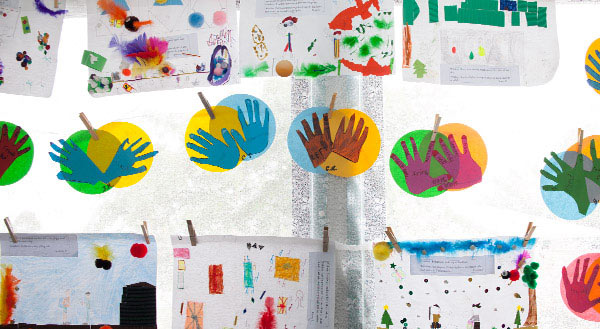What is Bullying?
Bullying is repeated verbal, physical, social or psychological aggressive behavior by a person or group directed towards a less powerful person or group that is intended to cause harm, distress or fear.

Types of bullying behavior
There are some specific types of bullying behavior:
- verbal or written abuse - such as targeted name-calling or jokes, or displaying offensive posters
- violence - including threats of violence
- sexual harassment - unwelcome or un reciprocated conduct of a sexual nature, which could reasonably be expected to cause offence, humiliation or intimidation
- homophobia and other hostile behavior towards students relating to gender and sexuality
- discrimination including racial discrimination - treating people differently because of their identity
- cyber bullying - either online or via mobile phone.
What is not bullying?
There are also some behavior, which, although they might be unpleasant or distressing, are not bullying:
- mutual conflict - which involves a disagreement, but not an imbalance of power. Unresolved mutual conflict can develop into bullying if one of the parties targets the other repeatedly in retaliation.
- single-episode acts of nastiness or physical aggression, or aggression directed towards many different people, is not bullying
- social rejection or dislike is not bullying unless it involves deliberate and repeated attempts to cause distress, exclude or create dislike by others.
http://www.education.vic.gov.au/about/programs/bullystoppers/Pages/what.aspx
